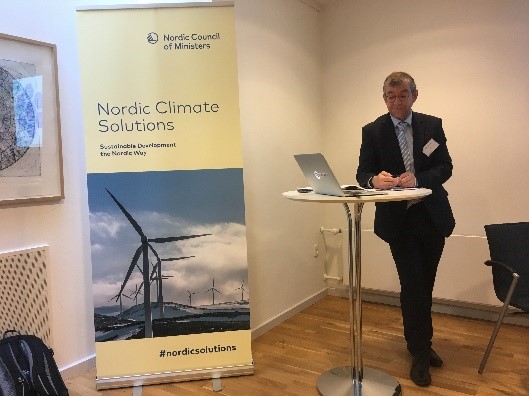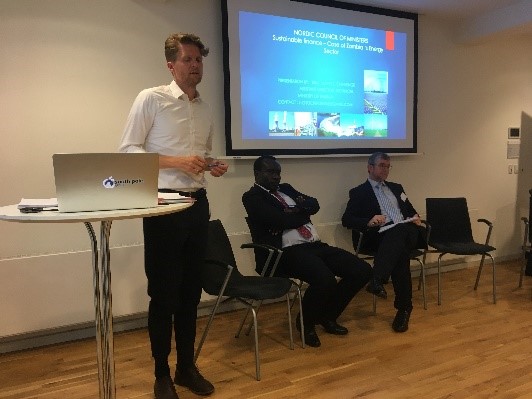How Can the Clean Energy Transition be Funded? SWAP subsidies from fossil fuels to clean energy
At the Nordic Clean Energy Week 2018 in Copenhagen and Malmo, the Global Subsidies Initiative (GSI) launched a video explaining the subsidy SWAP concept. Subsidy SWAPs are the reform of fossil fuel subsidies and the reallocation of some of the savings to support a transition to clean energy.
More than a decade of analysis by the GSI on the size and impact of fossil fuel subsidies has led to widespread understanding that fossil fuel subsidies act as a barrier to clean energy, crowding out investment in renewables and maintaining a fossil-fuel-dominated energy system. This is reflected in the commitments from the G20, the G7 and the Asia-Pacific Economic Cooperation to phase out “wasteful” and “inefficient” fossil fuel subsidies. A key barrier to fossil fuel subsidy reform is concern that the removal of subsidies will increase prices for consumers and reduce energy access for those that cannot afford to pay.
In parallel with growing recognition of the need to phase out fossil fuel subsidies, governments have increasingly set targets for renewable energy. It is estimated that 164 countries had renewable energy targets in 2015. Happily, renewable energy has never been cheaper and that gap between the costs of renewables and fossil fuels has never been smaller.
The fossil fuel subsidy SWAP offers an opportunity to tackle fossil fuel subsidies and to use savings from reform to fund the transition to clean energy. The increased use of renewable energy will help to drive down prices and reduce air pollution to ensure that the cleanest energy sources are also the cheapest.
In India, kerosene subsidies have rendered solar energy uncompetitive with traditional kerosene lanterns. If subsidies were removed, solar energy would be the cheapest energy source; reallocation of kerosene subsidies to solar energy technologies could ensure all who need it have access to solar energy.

Speaking at an event to discuss subsidy SWAPs at Nordic Clean Energy Week, Peter Wooders, Director of the Energy Program at IISD, said, “Countries around the world are continuing to reduce fossil fuel subsidies. Swapping some of these savings to clean energy creates a double win for sustainable development; leveraging the money to facilitate private sector investment makes it a triple win.” He went on to commend the Government of Denmark and the Nordic Council of Ministers for their continued support of fossil fuel subsidy reform and clean energy issues.
Lloyd Chinjenge, Assistant Director for the Zambian Energy ministry, explained how Zambia saw subsidies to diesel generators rise in the face of an electricity crisis caused by low rainfall in 2014/15. He went on to explain how subsidies have proved difficult to remove in Zambia but that sustained government commitment to maintaining cost-reflective tariffs reduced the burden on the public budget.

and Building
Lasse Toft, Section Lead for the Danish Ministry of Energy Climate and Building, reiterated Denmark’s commitment to supporting fossil fuel subsidy reform and clean energy and highlighted the need to include subsidy reform as part of the Clean Energy Ministerial Process.
Links to key documents:
- Video: Introducing the Subsidy SWAP
- Meeting Agenda available here.
